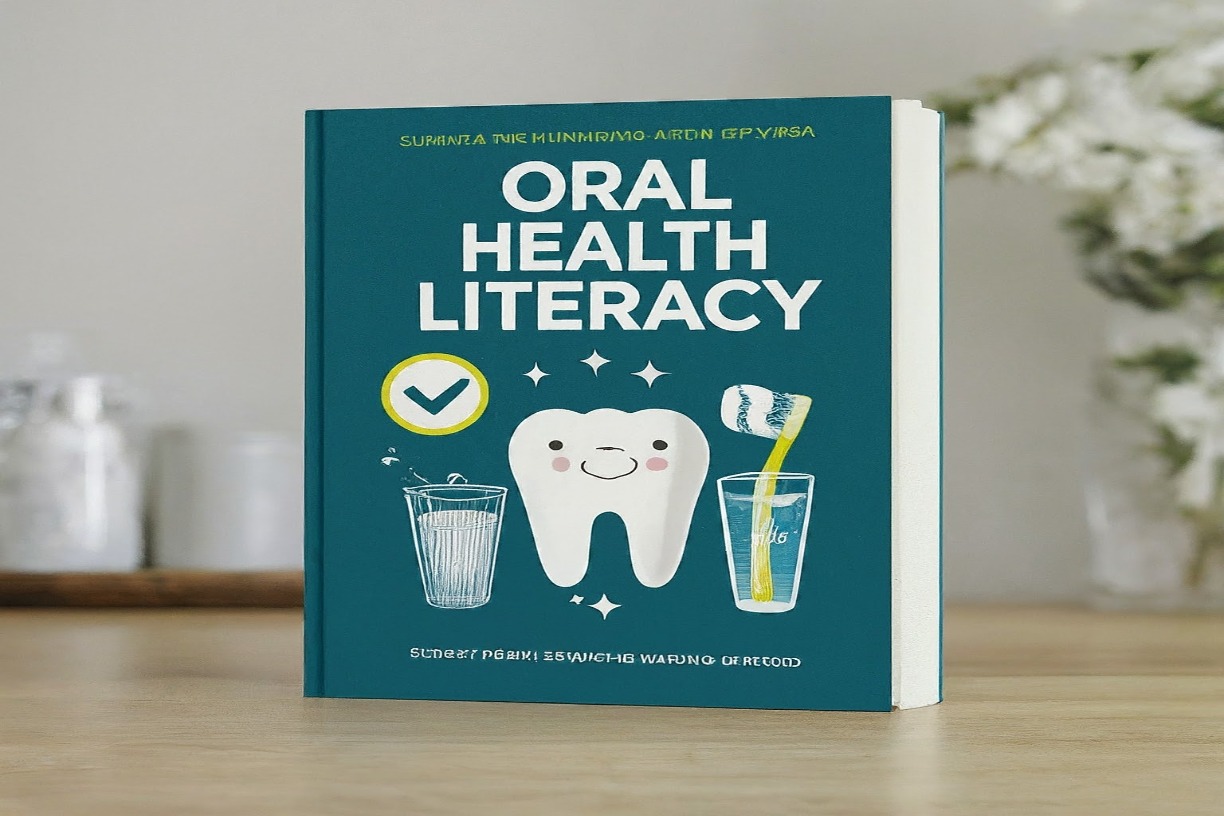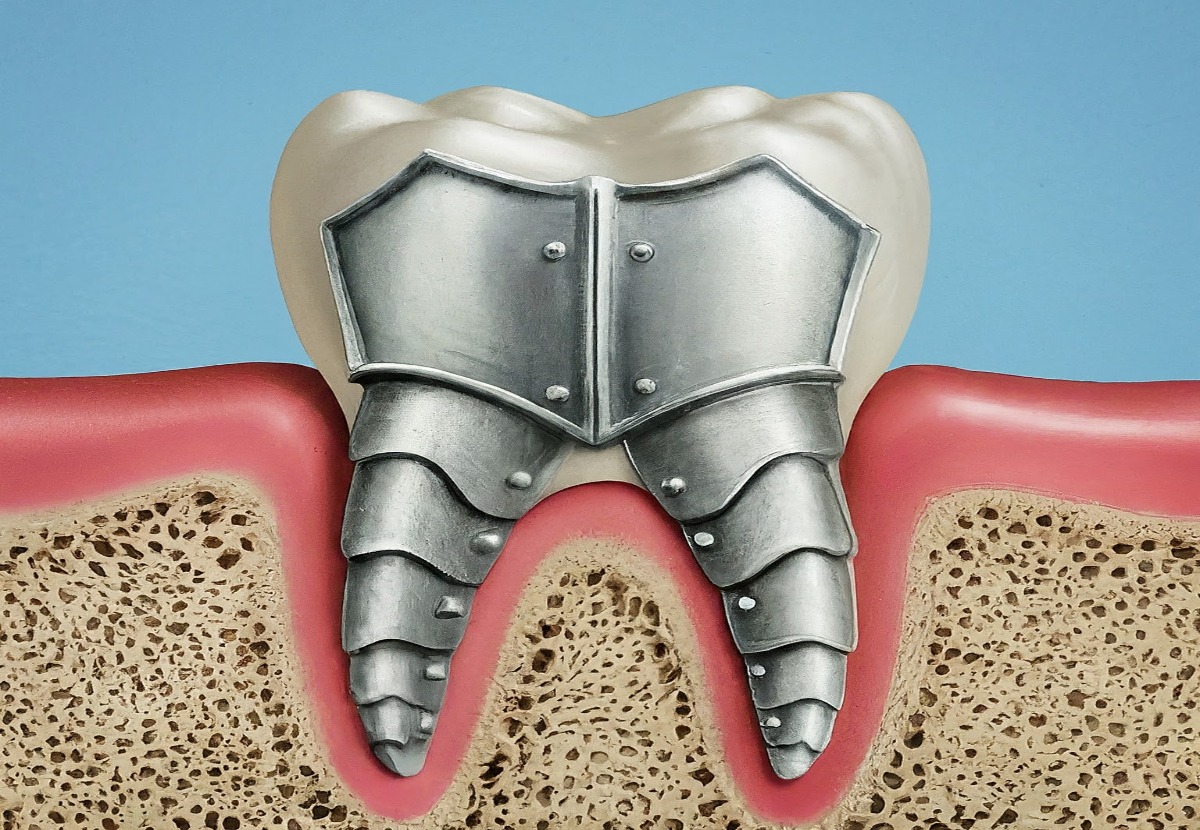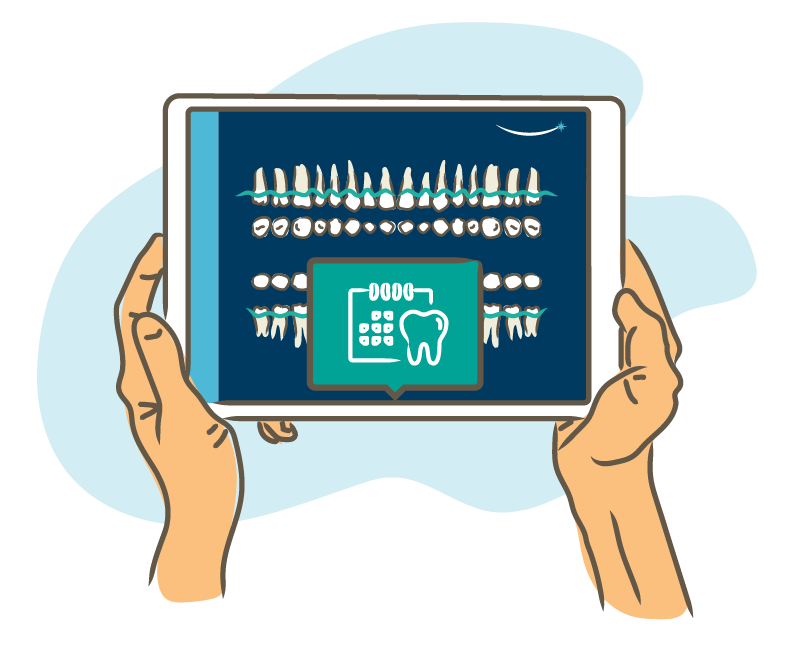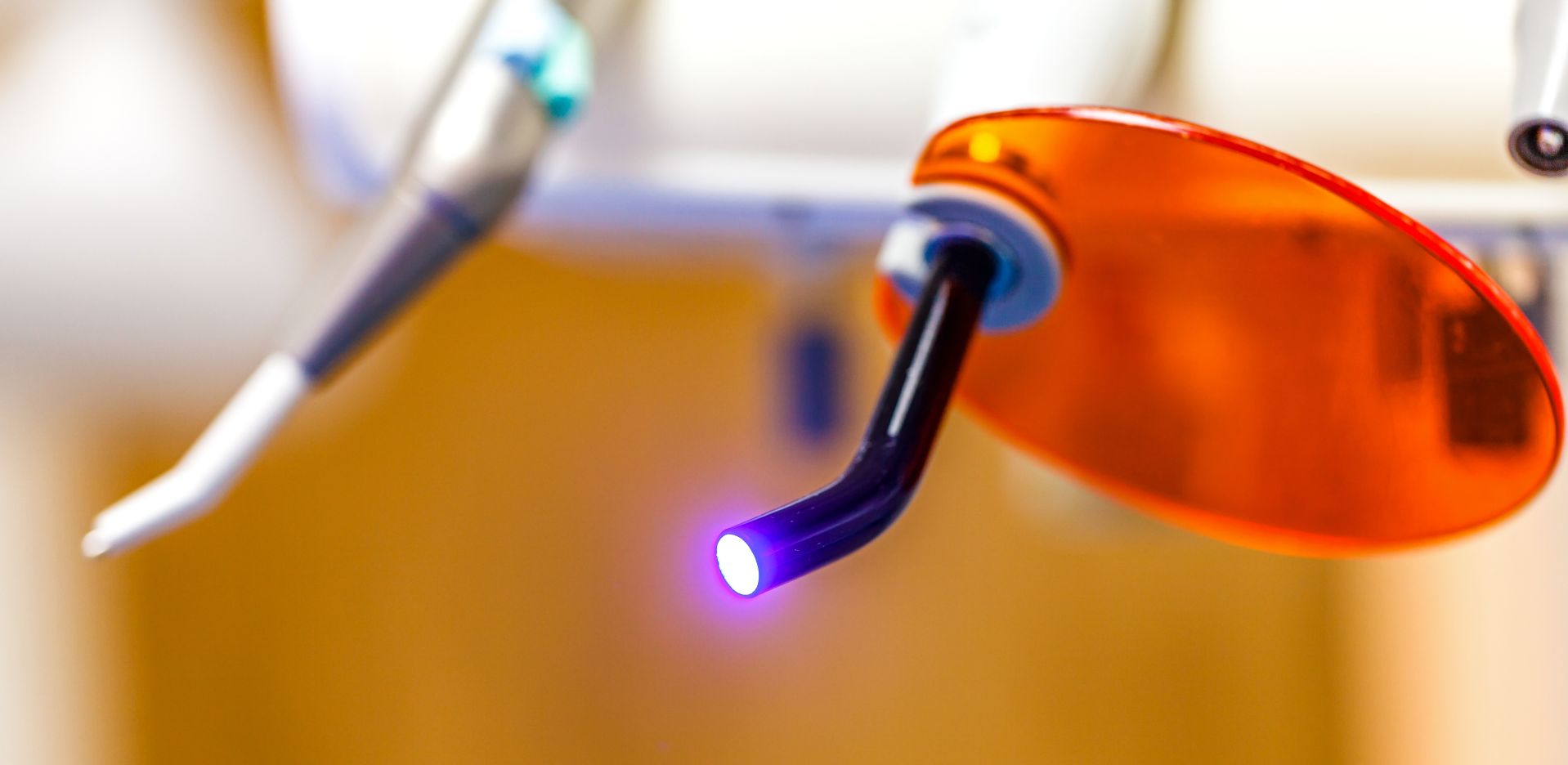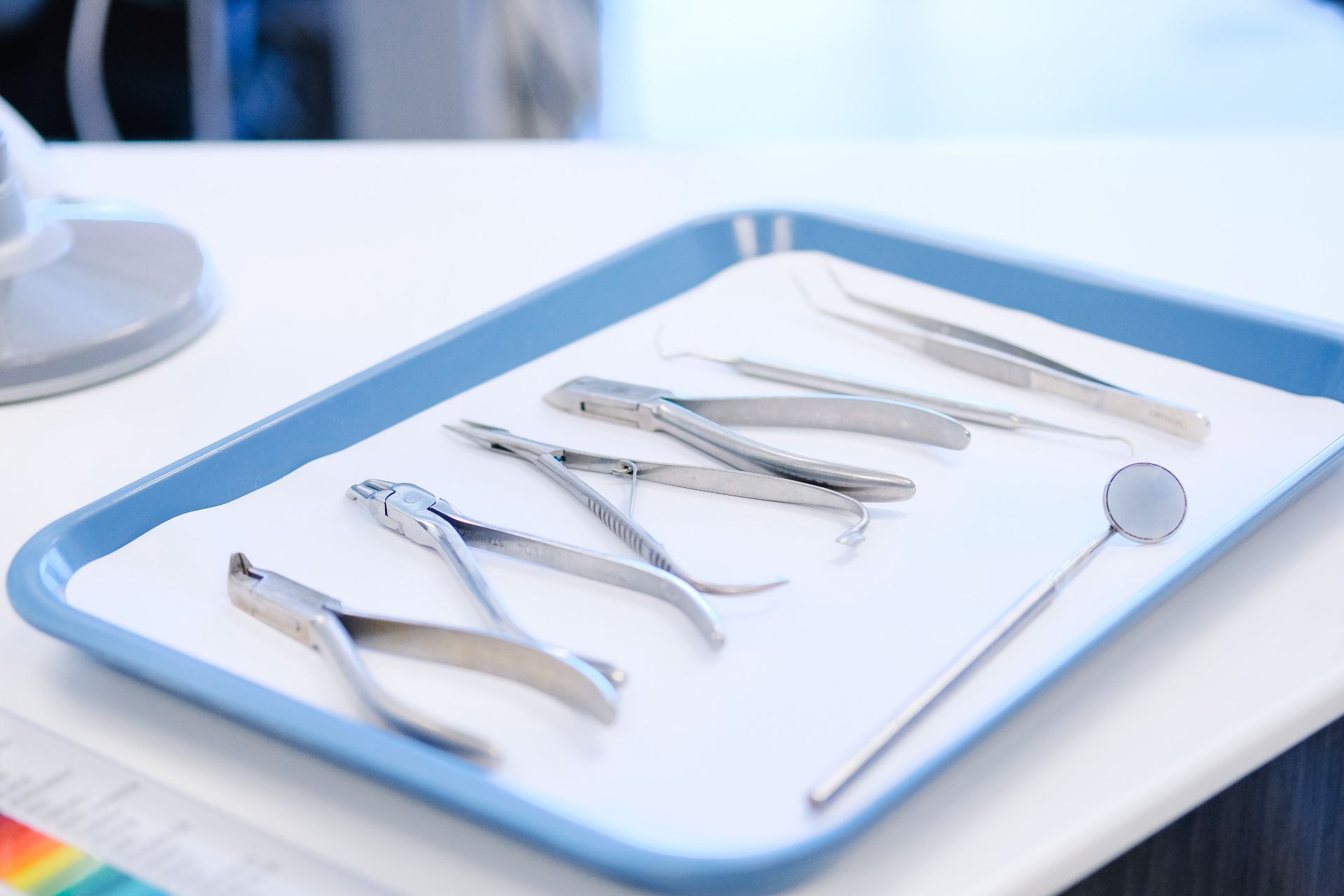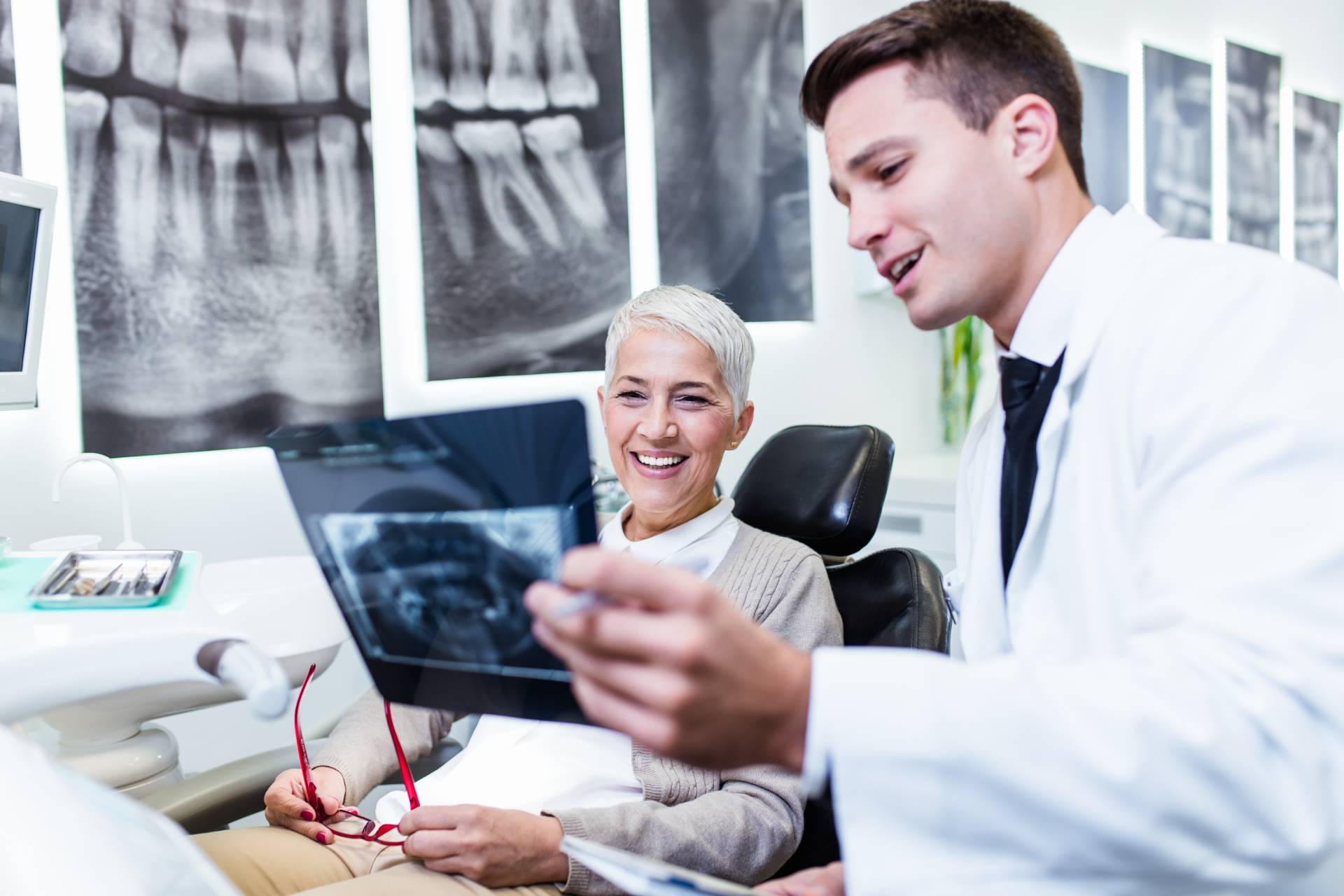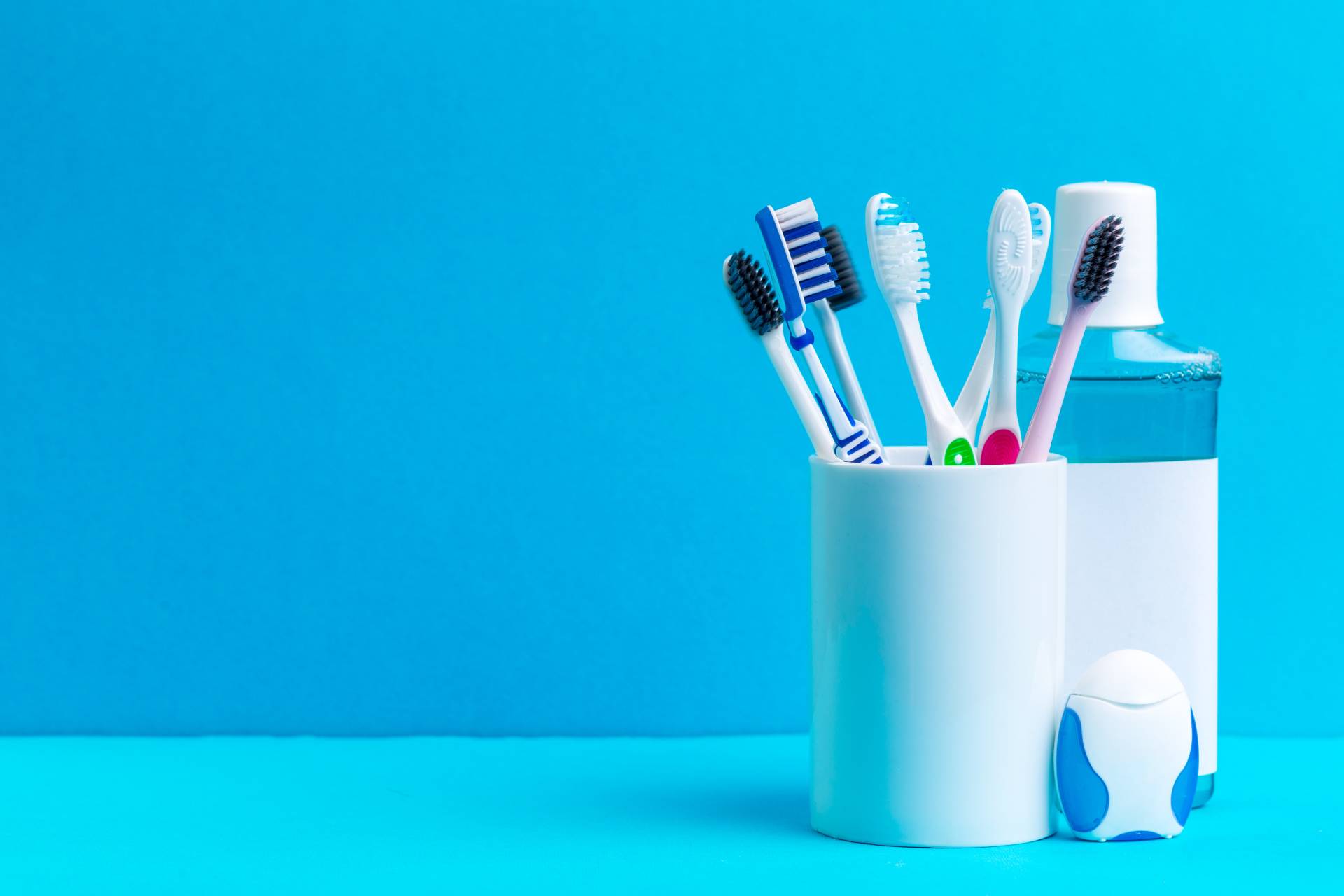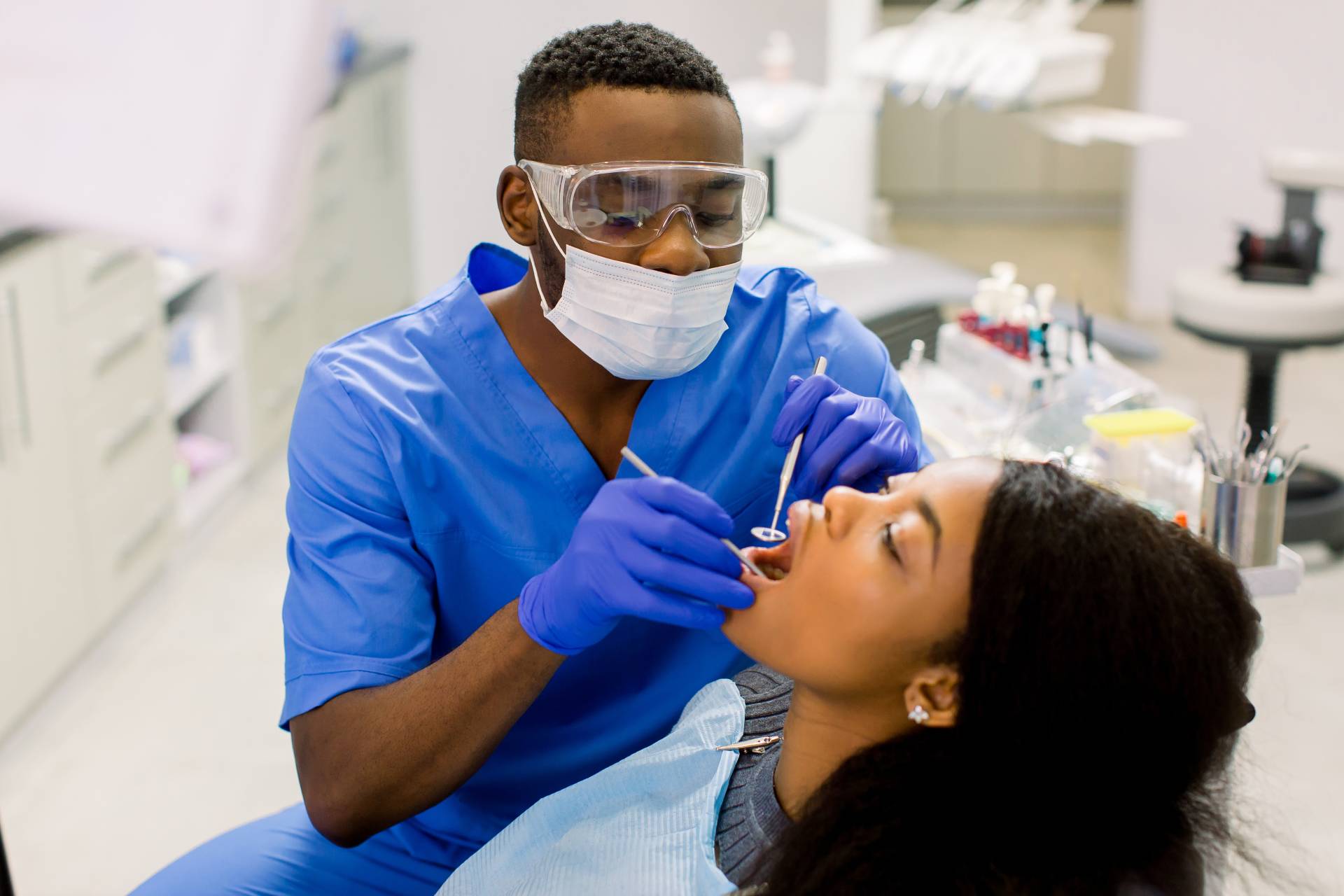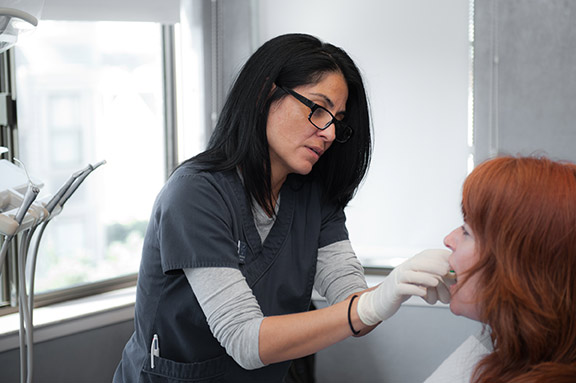All Posts
How Artificial Intelligence Will Shape the Future Reality of Dentistry
Artificial Intelligence (AI) and Augmented Intelligence (AuI), once inhabitants of a realm relegated to science fiction, have become increasingly ubiquitous aspects of modern life. Every day, people tap into the advances of AI and AuI without necessarily realizing it. Examples include smart speakers such as Alexa and Siri, predictive search results, robotics, chatbots, video games, adaptive cruise control, automated parking assistance, and the nascent development of autonomous (self-driving) vehicles. However, AI and AuI have grown more prevalent in the field of healthcare, including dentistry. The American Dental Association (ADA) recently released a draft whitepaper on the applications of AI and AuI in oral health, which presents sweeping and intriguing insights about the evolution of dental care in our digital world.
Our Augmented, Computer-Aided Reality
It’s been 25 years since IBM’s AI-fueled supercomputer “Deep Blue” bested chess master Garry Kasparov by 3.5 to 2.5 in a six-game rematch. Kasparov had won the tournament the previous year by 4 to 2 before IBM upgraded the system. The results were controversial, accusations of cheating abounded, and the computer company remained relatively cagey about the second match – ultimately dismantling Deep Blue when Kasparov requested a third showdown. But the experiment helped solidify a breakthrough for AI and AuI – technologies that have come a long way from chess in a short span of time.
Today, people have shed much of the fear they once associated with thinking machines. AI and AuI now heavily influence how we shop, how we deliver goods, how we decide what shows to watch or what music to explore, and even how we find romance. Yet the broader, more robust elements of AI and AuI are beginning to infuse health practices to reshape the ways in which providers help us maintain our physical and oral health, or even run their businesses.
In the “Proposed ADA SCDI White Paper No. 1106 for an Overview of Artificial and Augmented Intelligence Uses in Dentistry,” the American Dental Association “introduces the use of artificial and augmented intelligence in clinical disciplines, including prevention, caries and periodontal disease, implants, oral and maxillofacial surgery, endodontics, imaging, orthodontics and more.”
The paper also covers the adoption of AI and AuI for nonclinical areas, “with a focus on payer topics, such as claims processing, payment integrity and dental practice administrative issues.”
AI and AuI in Dentistry
Between 2017 and 2019, consultancies such as Accenture and McKinsey began predicting the rise of AI and AuI applications in dentistry. The Food and Drug Administration (FDA) authorized the first robotic dental surgery for implant procedures in 2017. Since then, as the ADA noted in its paper, “AI models have been used in detection and diagnosis of dental caries, vertical root fractures, apical lesions, salivary gland diseases, maxillary sinusitis, maxillofacial cysts, cervical lymph nodes metastasis, osteoporosis, cancerous lesions, alveolar bone loss, predicting orthodontic extractions, need for orthodontic treatments, cephalometric analysis, age and gender determination.”
Researchers analyzing the AI tools described their ability to “mimic the precision and accuracy of trained specialists. In some studies it was found that these systems were even able to outmatch dental specialists in terms of performance and accuracy.”
The paper in its entirety is a fascinating read, but let’s break down the core areas.
Prevention and Maintenance
Incorporating AI into diagnosis could expedite intervention and preventative treatment, while allowing for monitoring that can assist dentists through ongoing evaluation of their existing data. The ADA cited the example of periodontal disease, which is best treated through early detection and intervention. AI has the ability to inspect existing data, including images, and then identify changes that help facilitate preventative or early treatment. AI can also prove instrumental in treatment planning by assessing clinical evaluations, patient dental history, and interpretations of diagnostic materials.
Caries Detection
Dentists typically detect tooth decay through clinical examinations using a mirror, an explorer, and x-rays. Advances in digital imaging and scanners have offered enhancements, but these systems can’t differentiate between active and arrested cavities (areas of decay that have stopped progressing and are usually limited to parts of the teeth where plaque hasn’t built up). AI provides dentists with several new opportunities here.
- AI can create baselines and monitor changes over time.
- Through this process, for example, AI could quantify the percentage of enamel loss and assess trends to drive recommendations for earlier treatment.
- AI has the ability to “autocorrect” dental images and better discern active caries from arrested caries.
Periodontics
Dentists gather data for gum disease using periodontal probes and various types of x-rays or imaging. Thorough and accurate measurements are crucial in determining diagnosis, risk, prognosis, and care options. Yet as the ADA points out, “Comprehensiveness and measurement accuracy are subject to clinician bias, skill, tools, and time.” AI may improve these outcomes when applied to images.
AI and AuI can correlate patterns in images to other similar patterns associated with diagnosis, risk, or prognosis. This matters because gingival inflammation and loss of periodontal support (e.g., tissue or bone) can occur for reasons other than periodontitis. “For example,” Blende Dental Group’s Dr. Lindzy Goodman clarified, “progressive gum recession alongside tooth attrition (flattening) may indicate untreated bruxism (grinding).”
As AI collects a variety of historical data and patterns, it can rapidly determine the cause of the problem – along with optimal courses for treatment. In subsequent studies, AI was also found to be more effective than traditional tools in analyzing radiographic bone levels, another important consideration in making a periodontal diagnosis.
Dental Implants
Different AI models have been successful in recognizing implant types by scrutinizing images and x-rays. They have also demonstrated high reliability in determining implant prognosis, implant design, and identifying fractured implants. “The overall accuracy for AI models applied for implant type recognition ranges from 93.8% to 98% for prediction of osteointegration,” the ADA wrote.
Dr. Lindzy Goodman said that oral surgeons are already using robotic devices such as Yomi by Neocis to place implants. This type of robot-assisted surgery, augmented by AI-driven improvements, has already received FDA 510(k) clearance for use in patient procedures.
Because AI is a learning-based system, existing dental imaging technologies still have a part to play – the datasets they provide can help AI continuously expand its knowledge to increase the accuracy with which it identifies implant types and predicts successful outcomes.
Oral and Maxillofacial Surgery
Results of current studies involving AI models in surgical procedures have been encouraging. Research suggests that AI tools may assist Oral and Maxillofacial Surgeons in better diagnosing and planning treatment with the “least possible errors.” A 2018 study of extractions found that AI was able to predict post-operative swelling with 98% accuracy. Gauging the severity of swelling in advance of a procedure empowers dentists to proactively mitigate patient discomfort after surgery.
Oral Cancer
“AI has great potential in simplifying the diagnosis and treatment of odontogenic cysts and tumors,” the ADA paper explained. “A lot has been done to help in the early diagnosis of oral cancer detection. This can help to reduce the mortality associated with missed or late diagnosis. OMFSs are using AI technologies to assist them in precise diagnosis, the need of surgery, type of surgery, and postoperative outcomes.”
Endodontics
Although the applications of AI and AuI for endodontics are in their infancy, research points to three focus areas where they can offer potentially powerful benefits.
- Detection: Incorporating AI and AuI into diagnostic tools could support clinicians in identifying lesions, crown and root fractures, apical foramen (the tooth’s natural opening at the tip of the root) determination, and the quality of existing root canal fillings.
- Pre-treatment Planning: AI could deliver data such as working length determinations, along with root and root canal system morphology, such as measuring the degree of the canal’s curvature.
- Prediction: AI is currently being utilized to predict outcomes for endodontic retreatment and the viability of using stem cells.
Prosthetics
Prosthetics represents an area where AI has been thriving for more than 20 years. “This first started with the introduction of chairside scanning in conjunction with chairside design and milling,” the ADA noted. In the modern laboratory setting, technicians have been relying on digital AI-based software rather than traditional wax-up methods for years. The dental design software allows them to create models from scans rather than physical casts, bolstered by the AI. The process dramatically improves cost savings, speed, and reproducibility.
Eventually, 3D printers will be able to further enhance the outcomes. Using dedicated materials, labs and practices can produce orthodontic models, highly accurate crown and bridge models, surgical guides, castable or pressable restorations, aligners, retainers, long-term biocompatible dental products like splints or dentures, and more. At some point, the entire wax-up to production process could take place right in the office within a matter of hours or minutes, rather than weeks or days.
Teledentistry
Teledentistry surged in use throughout the pandemic. Now, it has emerged as a convenient and immediate solution for patients and dentists. In many ways, teledentistry’s virtual face-to-face interactions are comparable to in-office visits. Dentists can ask patients questions, examine their teeth, and more. With AI, however, the efficacy of these consultations can be vastly improved: “AI can assist clinicians in interpreting these images to provide timely feedback. Additionally, many dental offices have digital records of their patients such as digital radiographs, intraoral scans, digital CBCT scans and intraoral and extraoral photographs. These existing images can aid the clinician and the AI in diagnosis and treatment planning in teledentistry.” ADA expects teledentistry to experience significant growth as AI becomes more integrated.
Non-Clinical
AI and AuI are not just advances for treatment, they can also be instrumental for running a business. For example, Pearl, a dental software firm, uses AI to flag claims. The system compares x-rays and intraoral scans to duplicates or near-duplicates from previous claims to verify the integrity and consistency. During a pilot, Pearl’s AI identified up to $6 billion in insurance fraud. One provider submitted the same panoramic image to get dentures approved for nearly 40 patients. Pearl earned a patent in August 2021 for its fraud, waste, and abuse detection abilities.
For claims processing, as the ADA explained, “Currently available products can utilize AI systems to determine whether an attachment is a radiographic image, a periodontal chart, photographs, copies of patient treatment records, or other types of correspondence. These AI products can perform the validation of submitted attachments to identify whether the required documents have been submitted, and whether the contents of the attachments include all necessary information.”
AI can also assist dental practice leaders in quality assurance. Developers are already working with AI to monitor staff performance by comparing dental consulting decisions to those of their peers and an established “gold standard” model of performance. Through analysis of the decisions, AI can recommend where training and retraining may be needed to ensure consistency and accuracy.
Future Applications
The ADA whitepaper cites myriad future applications for AI that include orthodontics, temporomandibular joint disorder (TMD), sleep disorders, electronic dental records, telemonitoring, data collection, treatment planning and risk assessment, scanning improvements, and much more. The ADA is also encouraging dental professionals to review the paper and suggest content by August, so we encourage our referring providers to review the document and consider participation.
AI and AuI’s potential for influencing the field of dentistry is not a hypothetical thought experiment – the applications are real and will unfurl in the near future. “Dentistry is already beginning to see many changes including image analysis for caries and bone loss, robotic implant placement, and the many uses already implemented in prosthetic design and product construction,” the ADA concluded. “Many of the contributors to this paper would go further and suggest it will actually transform how dental care is delivered.”
To download and contribute remarks to the whitepaper by August 15, 2022, visit the ADA’s site.
Let's brighten
that smile
The when and where are up to you.



